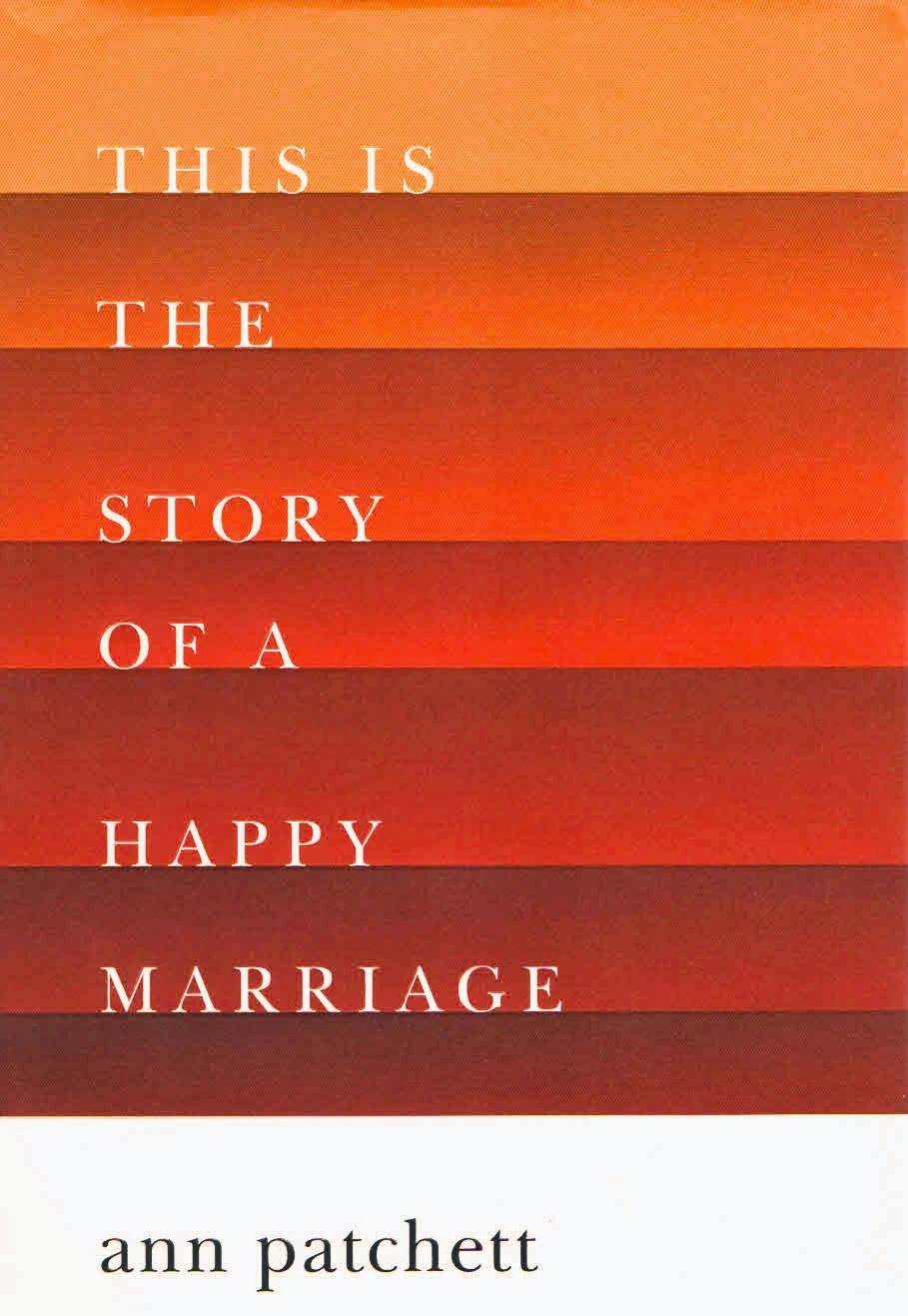Patchett began her
life in letters at Seventeen magazine
where she published several short fictional stories. She asked her editor for a nonfiction
assignment, figuring that at most she could publish one or two pieces of fiction
in the magazine’s pages each year.
However, “A writer of nonfiction, on the other hand, could publish an
article every issue, sometimes multiple articles in a single issue.” She hoped to free herself from the chains of
making a living so she could write. She worked
as a teacher tending “to the creativity of others” which left her dead tired
and devoid of creativity of her own. She
also tried waitressing, but the job left her so exhausted at the end of the day
that she literally fell into bed. Her
work at Seventeen would be the
breakthrough however the book review the magazine assigned her had to be
rewritten “a half a dozen times,” and in each revision she was asked “to
consider another aspect of the novel.”
She realized quite quickly that for every ten story ideas she pitched,
only one would be given the go-ahead. A
lucky break comes when a writer fails to meet a deadline on an article addressing
procrastination, and Patchett is asked to step in at the eleventh hour as the
magazine is going to press. She trained
herself to be the go-to writer, and the discipline pays off. “Magazine work was an uncertain business,”
she writes, “assignments were killed on a whim, checks were late, and there was
always someone who owed me expenses—but I never lost sight of how much easier
it was than busing tables or grading papers.”
“The Getaway Car”
explores her early life as well as her writing process. Patchett may have decided not to teach, but
she makes a clear, refreshing and wise teacher on these pages. She affirms that sense of awe and wonder in
the writer’s life and work, and even though there are disappointments and
discouragements, she remains focused on the goal: good, moving prose. These are lessons she learns from her mentors,
poet Jane Cooper, novelist Allan Gurganus and short story specialist Grace Paley, each of whom gets his or her due in the essay. She also gives the reader one of the best
descriptions of how an idea comes to fruition and in the birthing process, moves
far away from the colorfully rich concept that once lived in whatever part of
the brain responsible for inspiration. “Everything
that was beautiful about this living thing,” she writes about the completion of
the book, “all the color, the light and movement—is gone. What I’m left with is the dry husk of my
friend, the broken body chipped, dismantled, and poorly reassembled. Dead.
That’s my book.” And that is the
challenge of rendering ideas into prose.
The title of the
collection is about her courtship and marriage to her husband. She also explains how she came to own one of
the most important independent bookstores in her hometown of Nashville,
Tennessee. The last two essays, though,
are real heartbreakers. One details her
life with a beloved dog, Rose, and how animals deepen our life experiences and
make even painful times bearable. Again,
Patchett’s personality is revealed in the details, especially how Rose enters
her life. However, it is her evocation
of the end of the dog’s life that sticks in the heart. “Sometimes love does not have the most
honorable beginnings, and the endings, the endings will break you in half. It’s everything in between we live for.”
In “The Mercies,”
Patchett explains her relationship to her childhood teacher, a nun from the
Sisters of Mercy order. Now both of them
are much older, and Sister Nena is nearing the end of her life and must, for
the first time, move to a small apartment in a dicey area of town and live by
herself. It is a moving and poignant
essay that avoids sentimentality and over-wrought emotions in favor of
clear-eyed prose. As they have lunch
together, the elderly nun, upon reflecting on the death of a friend, raises the
question of where the soul goes after we die.
Here is a woman who has dedicated her life to religious service asking
the former student for wisdom. “Nobody’s
sure,” Patchett tells her. The nun,
staring into her own mortality, tells her that her friend was sure. “I know God made us,” she tells Patchett, “but
I’m not sure about what happens afterward.”
“What do you want to
happen?” Patchett asks her.
“I want God to hold me…”
“You above all others,”
Patchett responds. “You first.”
I loved the book and
found her an exhilarating and wise writer.
I took those novels of hers from the middle of the “to read” pile and
put them on top. So many books.


.JPG)
